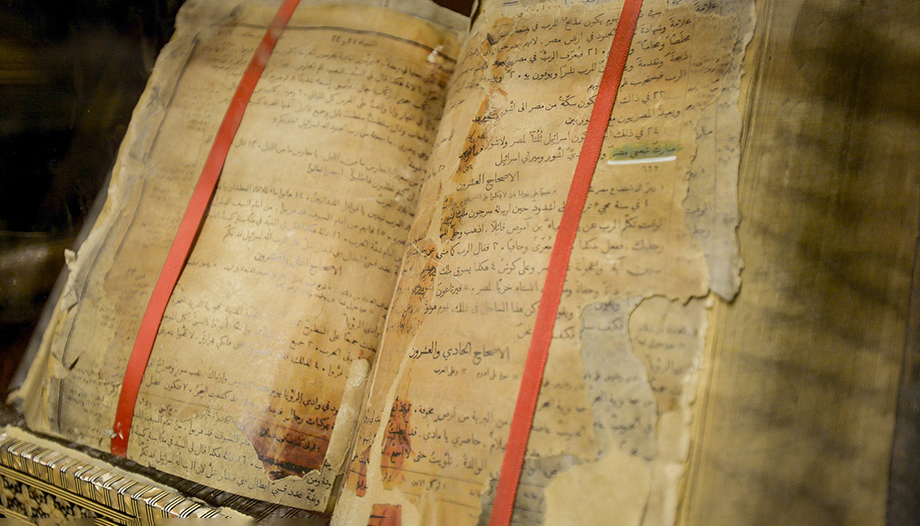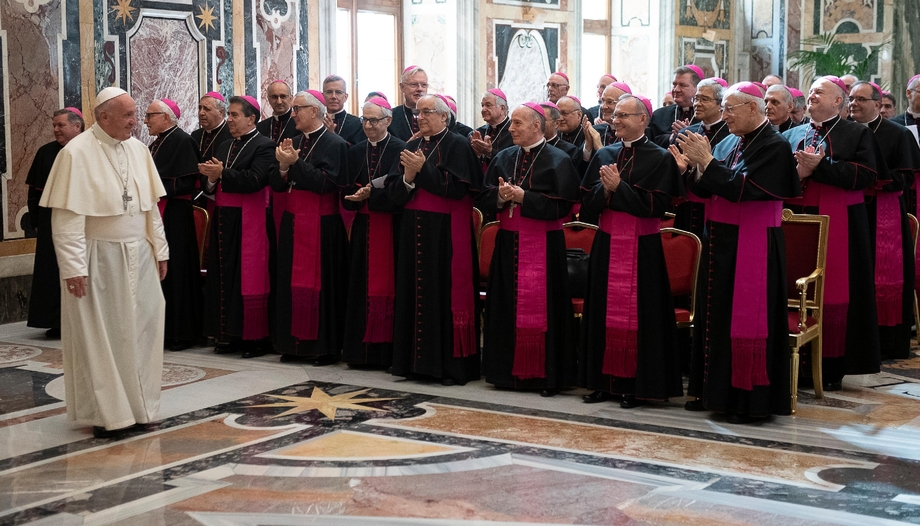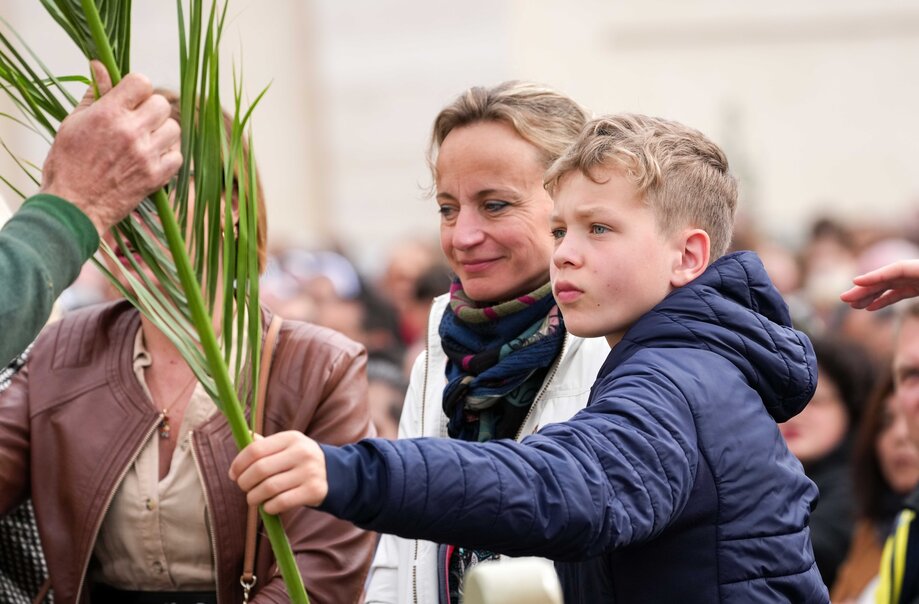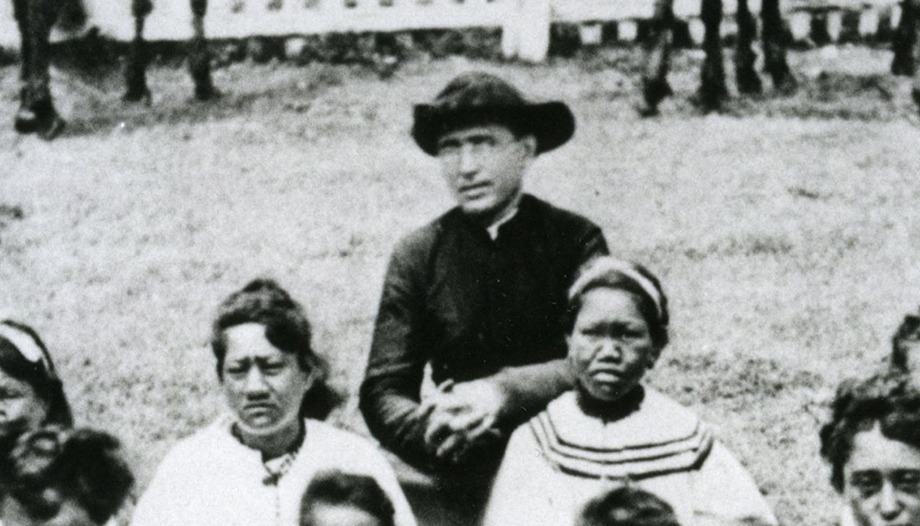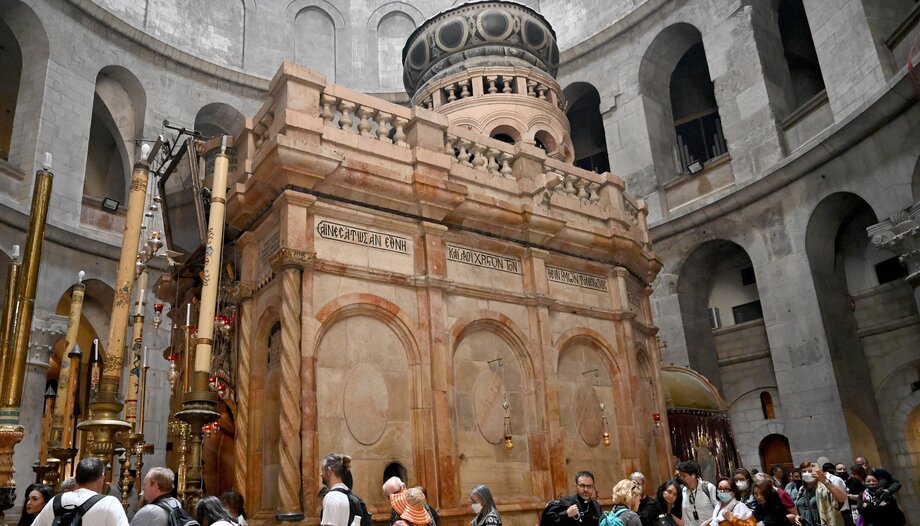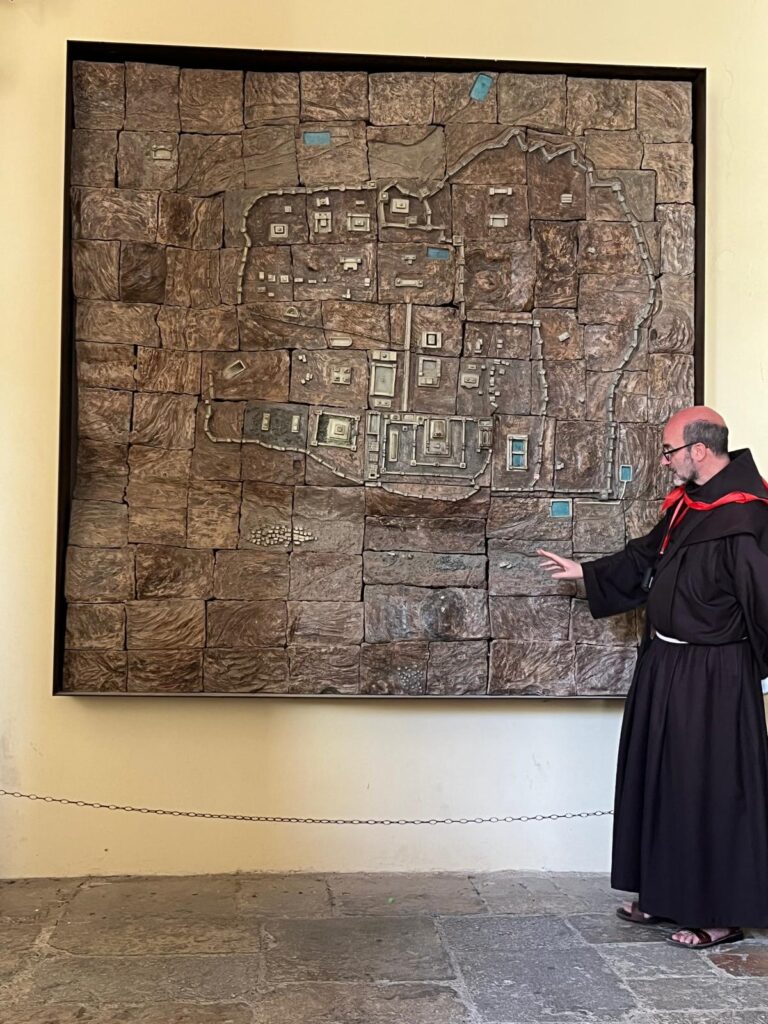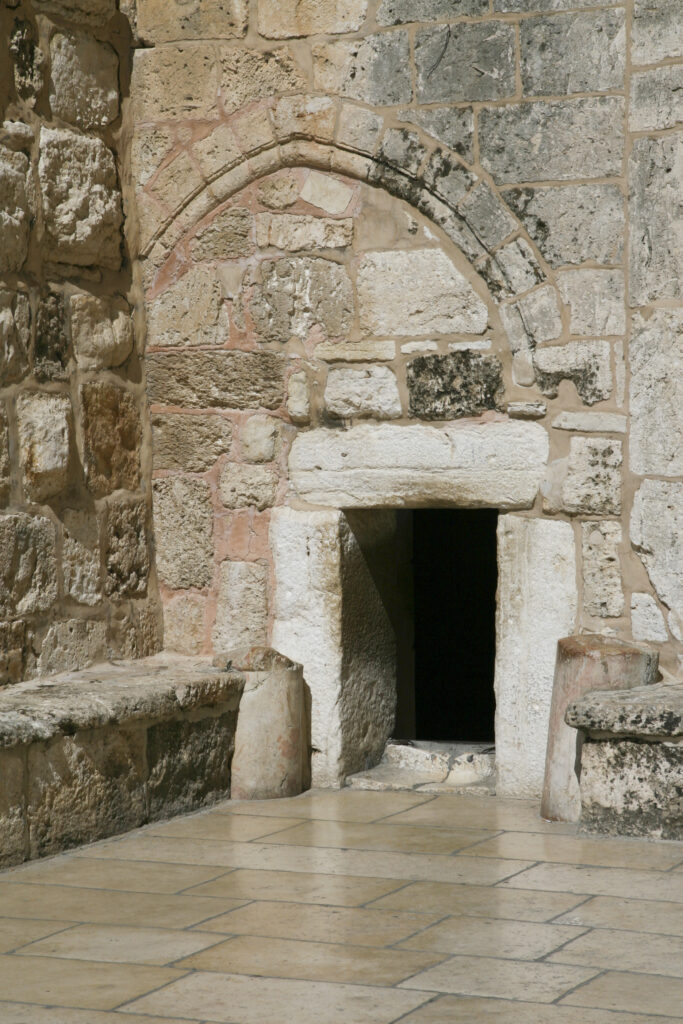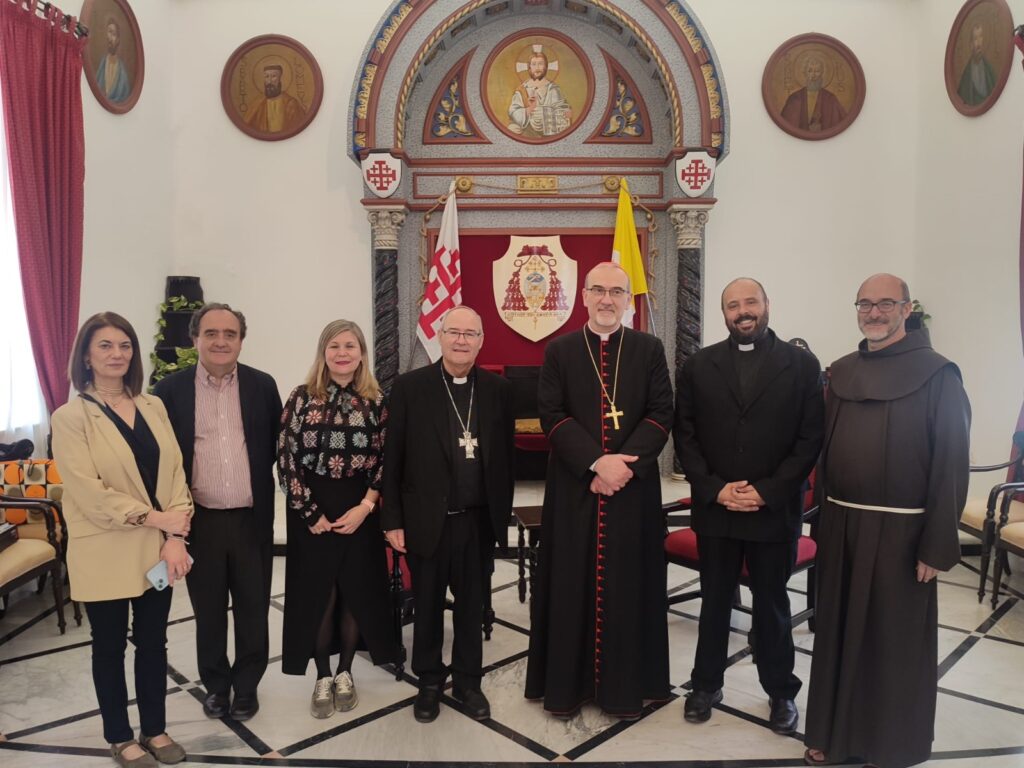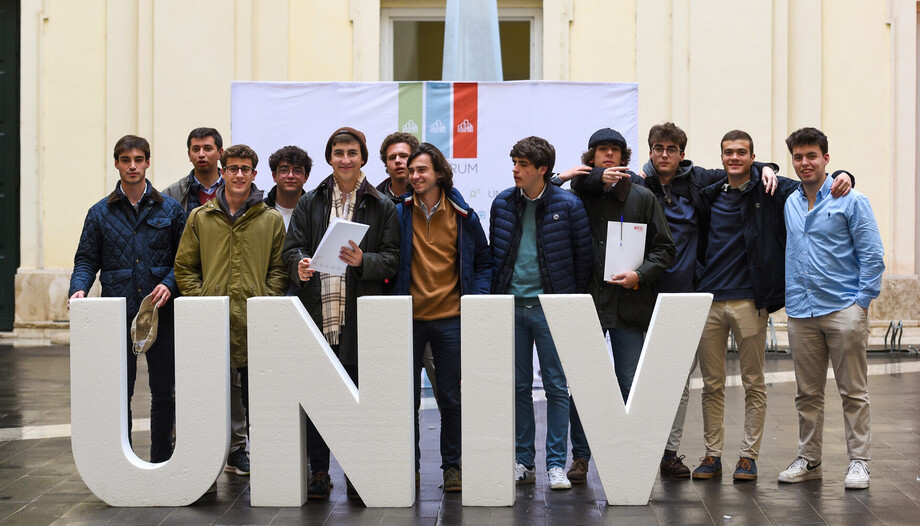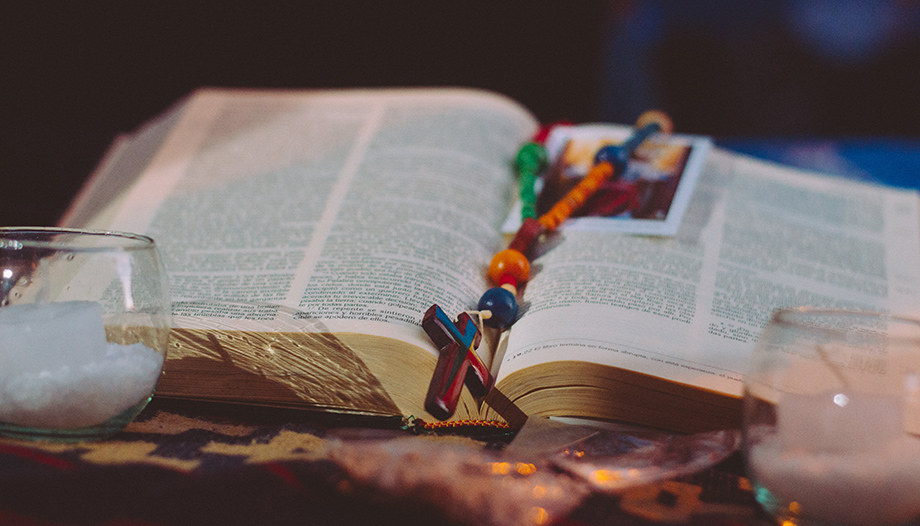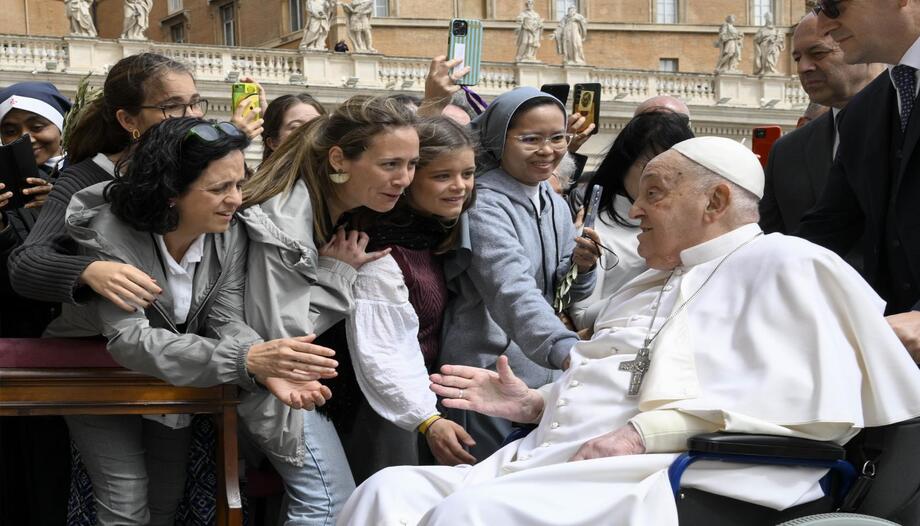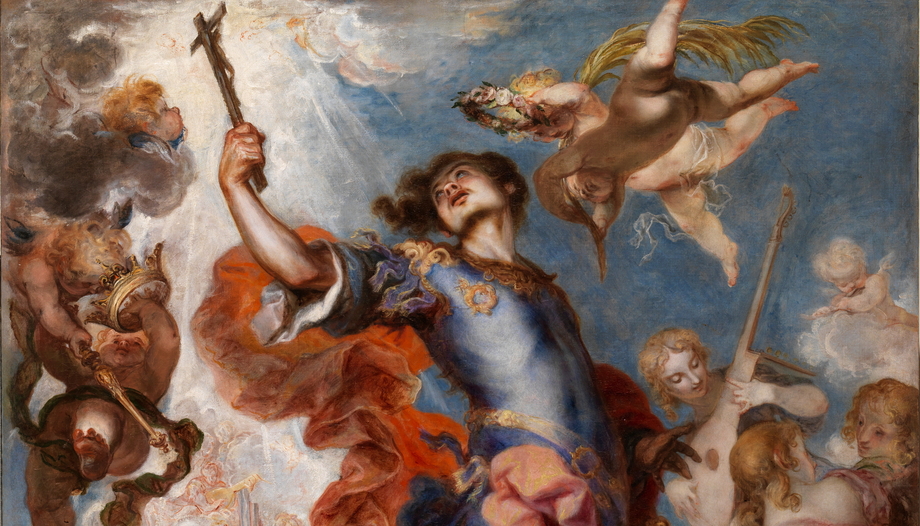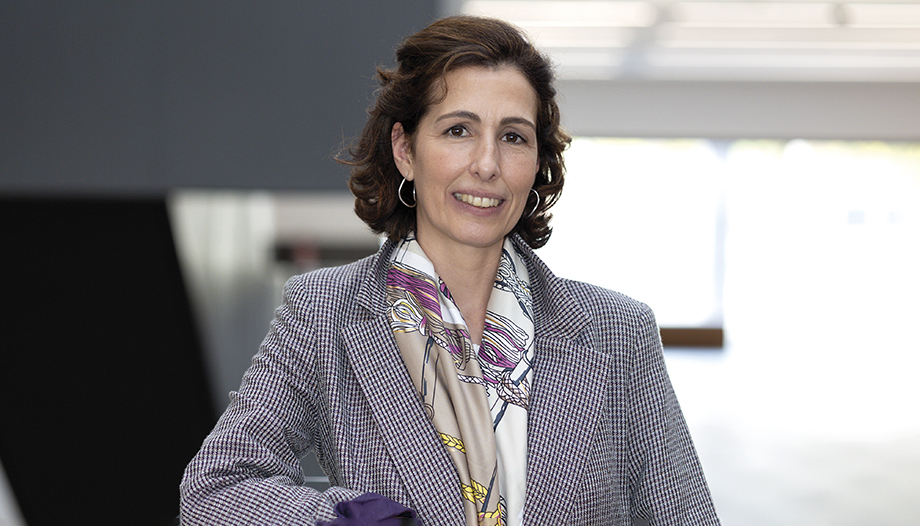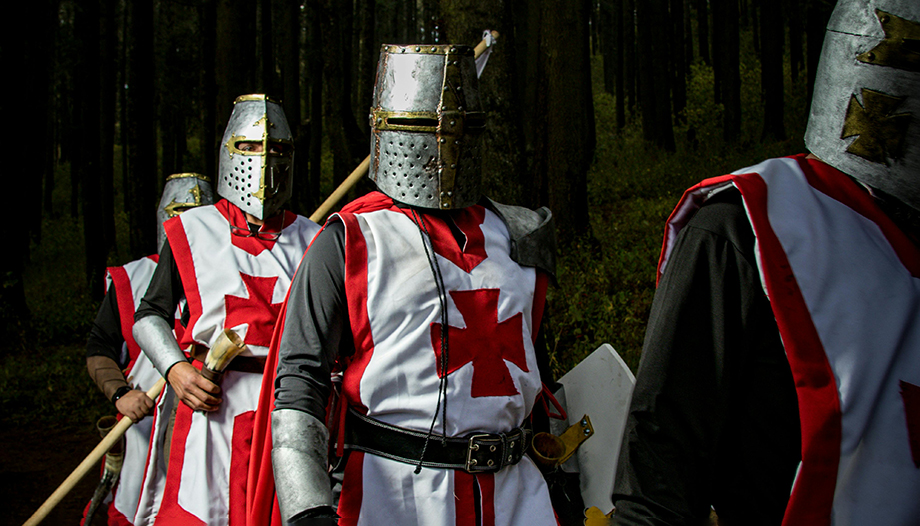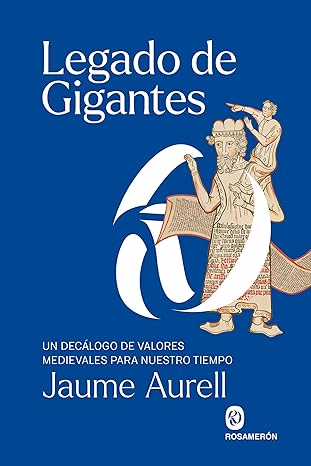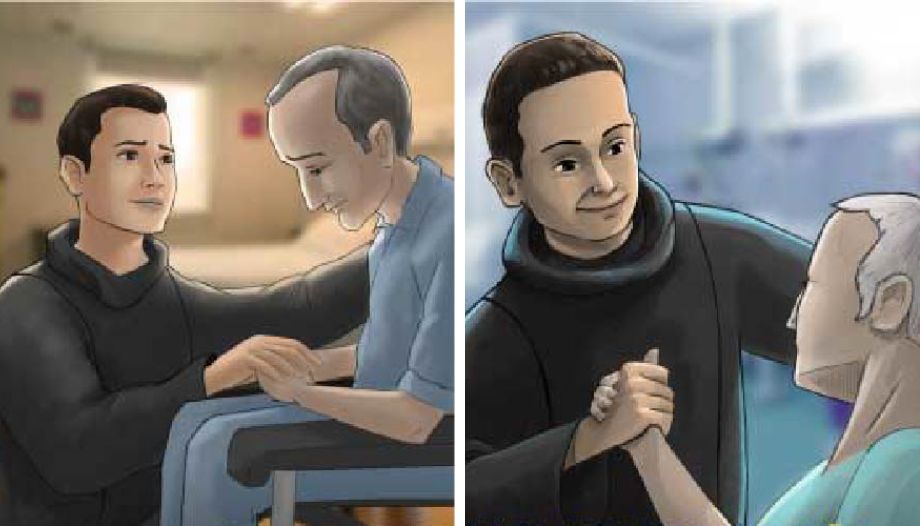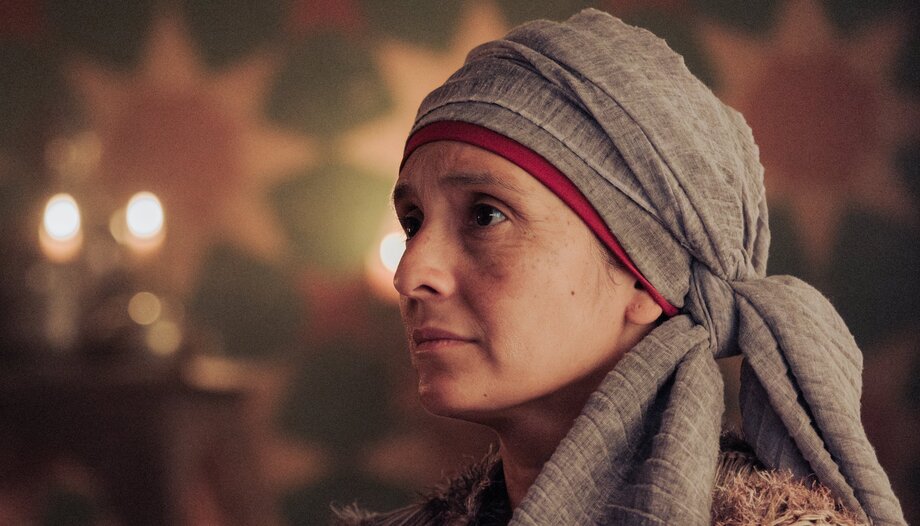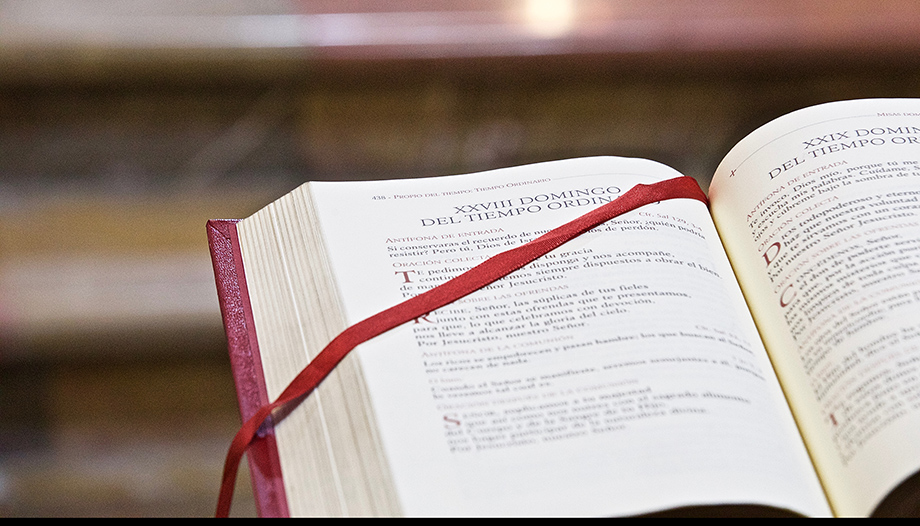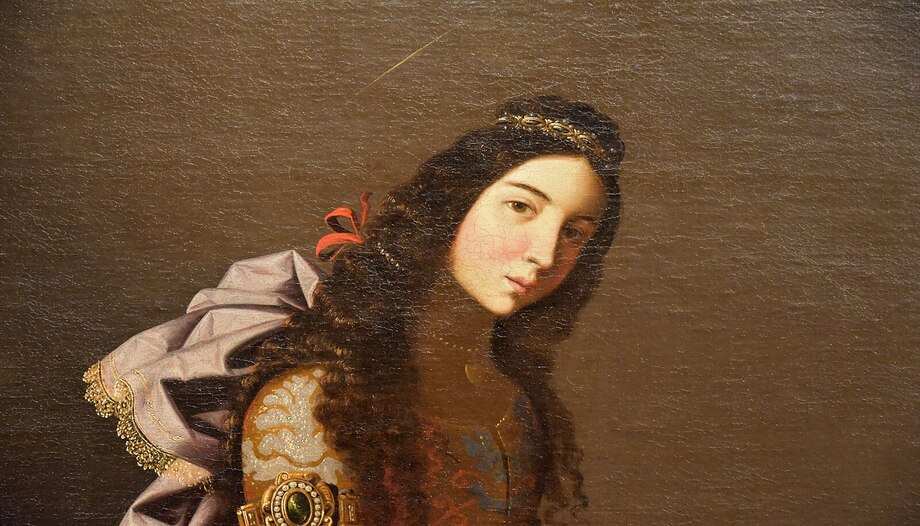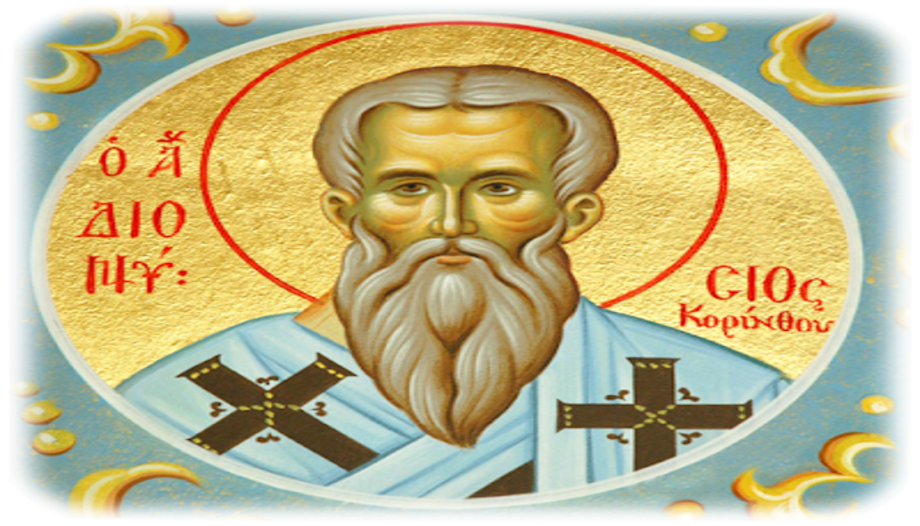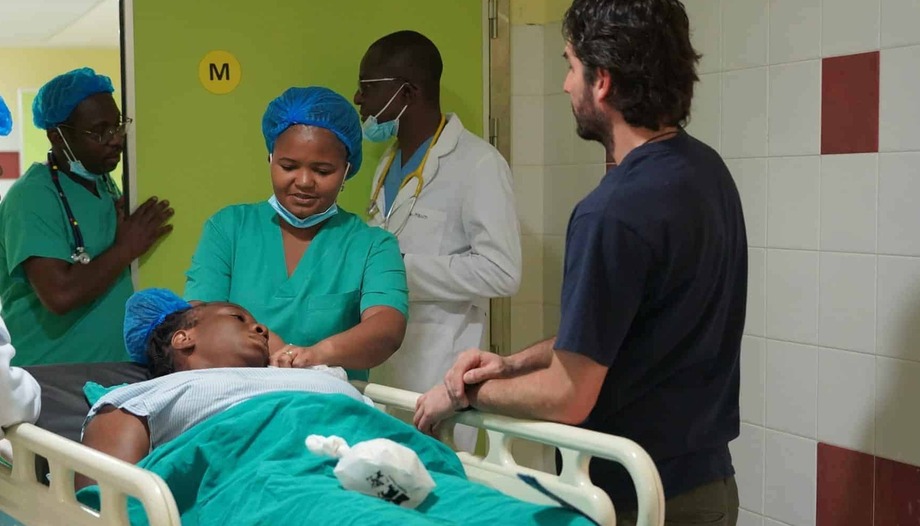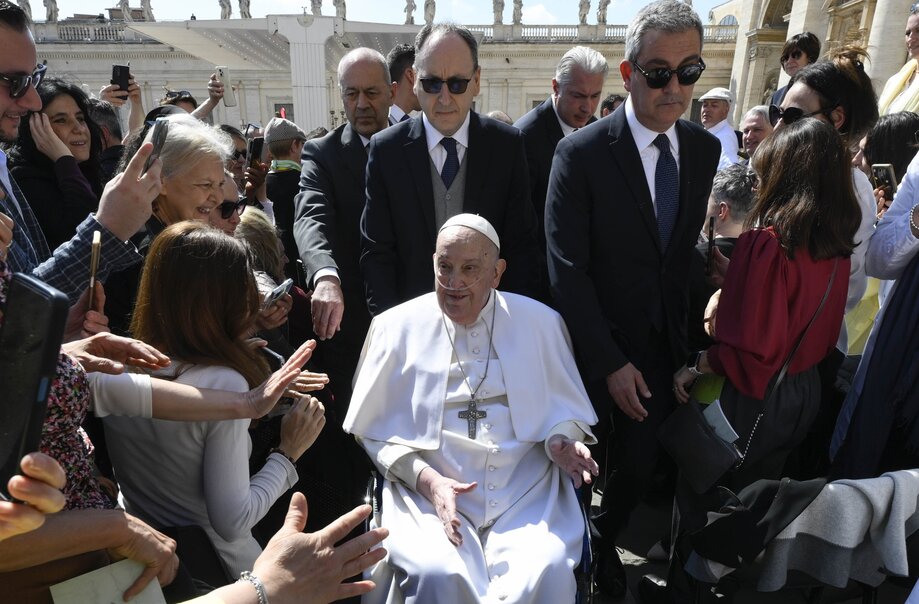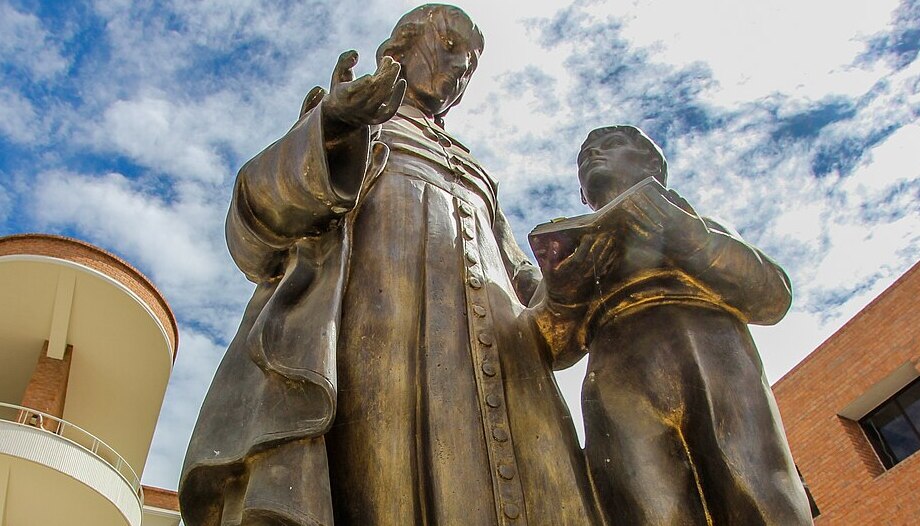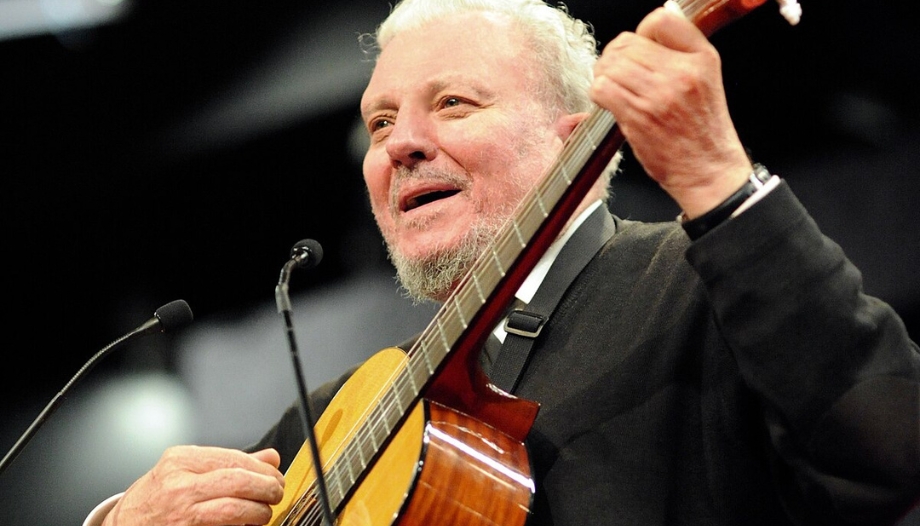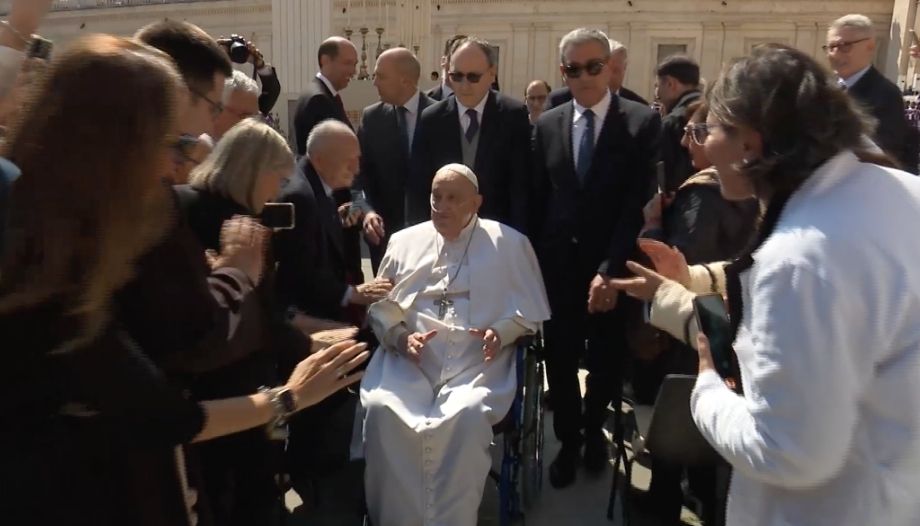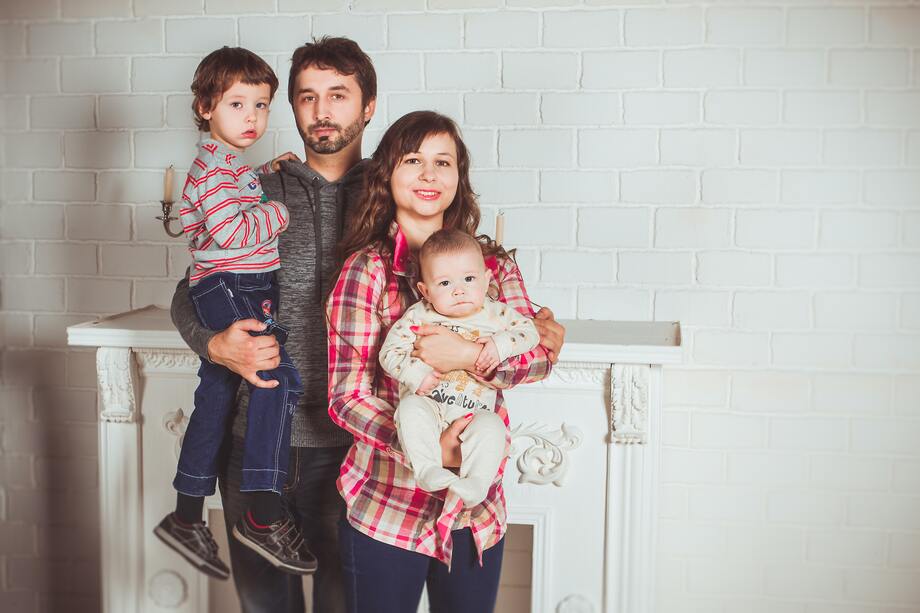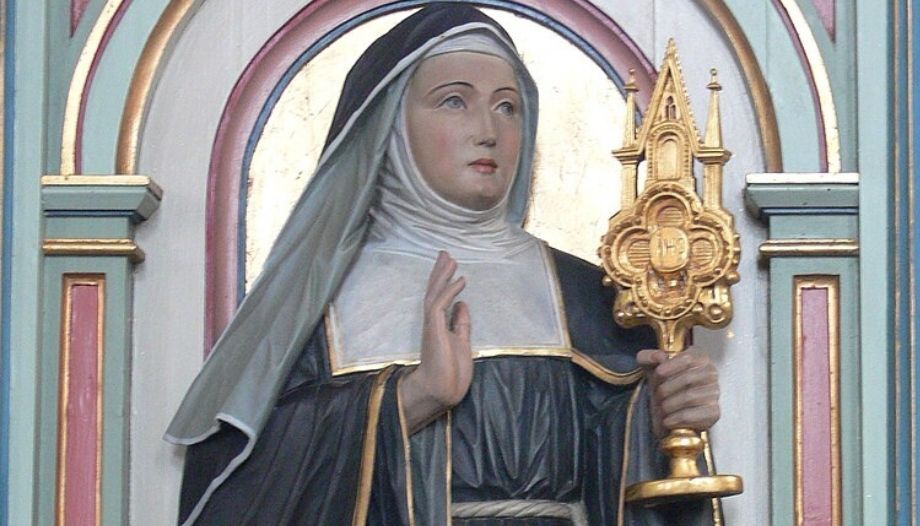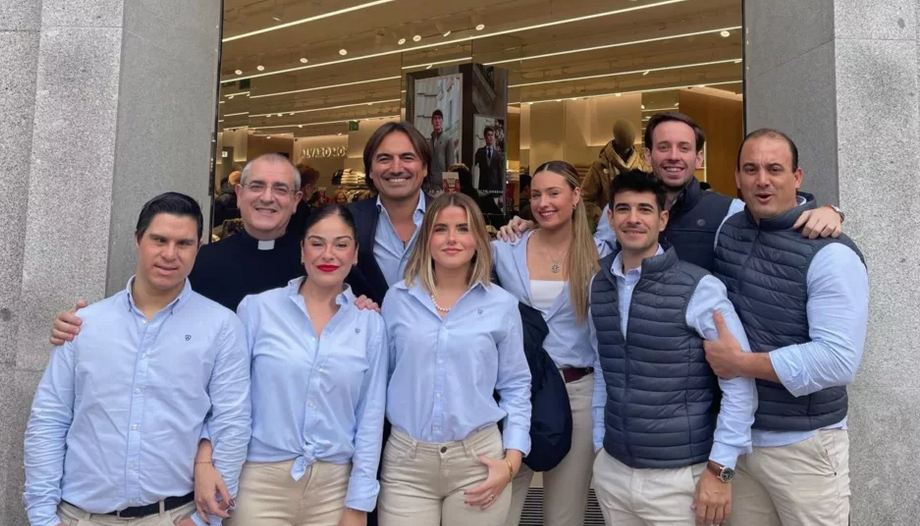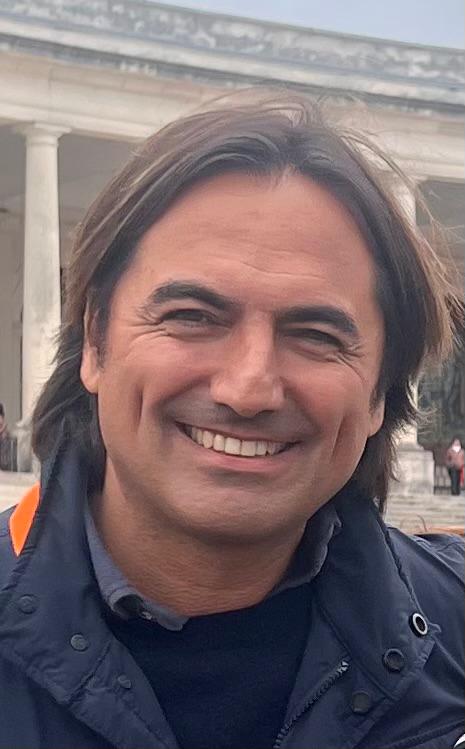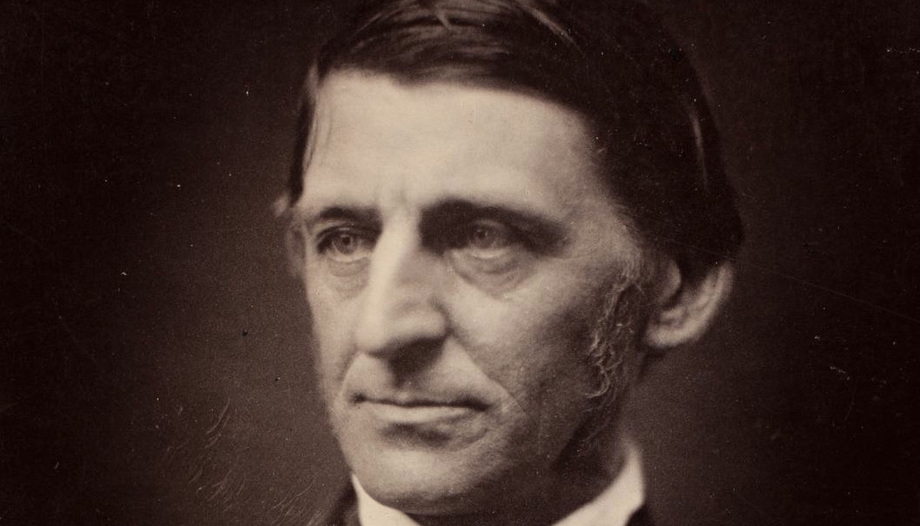In 1858, Our Lady appeared to Bernadette Soubirous at Lourdes. Since then, millions of pilgrims have flocked to the shrine to pray, reconcile with God and bathe in the spring water. We review below the key points of the story of Bernadette Soubirous, the apparitions, and the shrine.
Bernadette's childhood
Bernadette was born on January 7, 1844 in the Boly mill in Lourdes. In 1854, the family began to face difficulties due to bad harvests. In addition, there was a cholera epidemic. Bernadette contracted it and carried the after-effects throughout her life.
The economic crisis led to the family's eviction. Thanks to a relative, they were able to move to a 5×4 meter room, a dungeon in a former prison that was no longer used due to unsanitary conditions.
Bernadette could neither read nor write. Because of her family's poverty, she began working as a maid at a very young age, in addition to taking care of household chores and her younger siblings. Eventually, she and one of her sisters began collecting and selling scrap metal, paper, cardboard and firewood. Bernadette did this even though her health was very fragile due to asthma and the after-effects of cholera.
The first appearance
It was on one of these occasions, when Bernadette, her sister and a friend went out of town to get firewood, that the first apparition took place. It was February 11, 1858, and Bernadette was 14 years old (all the apparitions took place in this year, making a total of eighteen). The place they were going to was the grotto of Massabielle.
The girl later recounted that she heard a rustling wind: "Behind the branches, inside the opening, I saw at once a young girl all white, no taller than me, who greeted me with a slight nod of her head," she later said. "From her right arm hung a rosary. I was afraid and backed away [...] However, it was not a fear like the one I had felt at other times, because I would have always looked at her ('aquéro'), and when one is afraid, one runs away immediately.
Then the idea of praying came to me. [I prayed with my rosary. The young woman slipped the beads of hers, but did not move her lips. [...] When I had finished the rosary, she smiled and waved at me. She withdrew into the hollow and suddenly disappeared" (the textual words of Bernadette and Our Lady are taken from the website of the Hospitality of Our Lady of Lourdes and from the official website of the sanctuary).
Our Lady's Invitation
The second apparition, which took place on February 14, was also silent. The girl sprinkled the Virgin with holy water, the Virgin smiled and bowed her head, and when Bernadette finished praying the rosary, she disappeared. Bernadette told her parents at home what was happening to her and they forbade her to return to the grotto.
However, an acquaintance of the family convinced them to let the girl return, but accompanied, and with paper and pen for the unknown woman to write her name. Thus, Bernadette returned to the grotto, and the third apparition took place. At the request to write her name, the woman smiled and invited Bernadette with a gesture to enter the grotto. "What I have to say need not be written down," she said. And she added: "Would you do me the favor of coming here for a fortnight?".
Later, Bernadette would say it was the first time anyone had ever called her by you. "He looked at me like a person looks at another person," she said, explaining her experience. These words of the little girl are currently written at the entrance of the Cenacle of Lourdes, a place of rehabilitation for people with different addictions, especially drug addictions.
Bernadette accepted the invitation, and Our Lady added: "I do not promise you the happiness of this world, but that of the next. Between February 19 and 23, four more apparitions took place. In the meantime, the news had been spreading and many people accompanied Bernadette to the grotto of Massabielle. After the sixth apparition, the girl was interrogated by Inspector Jacomet.
The spring
The first appearances, seven in all, were happy ones for Bernadette. During the five subsequent ones, which took place between February 24 and March 1, the girl seemed sad. Our Lady asked her to pray and do penance for sinners. Bernadette prays on her knees and sometimes walks around the cave in that posture. She also eats grass at the direction of the lady, who tells her: "Go and drink and wash in the fountain".
In response to this request, Bernadette goes three times to the river. But the Virgin tells her to return and points out the place where she must dig to find the spring to which she refers.
The girl obeys and indeed discovers water, from which she drinks and with which she washes herself, although, being mixed with mud, she gets her face dirty. People tell her that she is crazy for doing these things, to which the girl replies: "It is for sinners". During the twelfth apparition, the first miracle took place: at night, a woman washed her arm, paralyzed for two years due to a dislocation, in the spring and regained mobility.
Immaculate Conception
In the apparition of March 2, Our Lady entrusted her with a task: to ask the priests to build a chapel in that place and to go there in procession. In obedience to this command, Bernadette went directly to the parish priest. The priest does not receive her very warmly and tells her that, before granting her request, the mysterious woman must reveal her name. Bernadette would never say that she had seen the Virgin, since the woman she was talking to had not told her her name.
On March 25, the girl went to the grotto at dawn accompanied by her aunts. After praying a mystery of the rosary, the woman appears and Bernadette asks her to tell her name. The girl asks her name three times. On the fourth time, the woman answers: "I am the Immaculate Conception.". The Virgin never spoke to the girl in French, but in Bernadette's native dialect, and in this language are written the words under the carving of the Virgin of Lourdes that is currently placed in the grotto: "Que soy era Immaculada Concepciou" (I am Immaculate Conception).
This term, which refers to the fact that Mary was conceived without original sin, was unknown to Bernadette, and had been proclaimed a dogma of faith only four years earlier by Pope Pius IX.
Recognition of apparitions
Bernadette went to the parish house to give an account of what had been transmitted to her. The priest was surprised to hear that term on the girl's lips, and she explained that she had come all the way repeating the words so as not to forget them. Finally, on July 16, the last apparition took place.
The Church officially recognized the apparitions of Our Lady of Lourdes in 1862, only four years after they concluded, and while Bernadette was still alive.
After the apparitions, she became a novice in 1866 in the community of the Sisters of Charity of Nevers. She died of tuberculosis in 1879, and was canonized by Pope Pius XI in 1933, on December 8, the feast of the Immaculate Conception.
Sanctuary sites
The sanctuary has some key places to visit on any pilgrimage.
The grotto
The grotto of Masabielle is one of the most important places of the sanctuary. Mass is currently celebrated in the largest part of it. Situated on the rock where Mary appeared, there is a figure of the Virgin made from Bernadette's description: "She was wearing a white dress, which came down to her feet, of which only the tip was visible. The dress was closed at the top, around the neck. A white veil, which covered her head, descended down her shoulders and arms until it reached the floor. On each foot I saw that she had a yellow rose. The sash of her dress was blue and fell to just below her knees. The chain of the rosary was yellow, the beads were white, thick and very far apart.
The figure is almost two meters high and was placed in the grotto on April 4, 1864. The sculptor was Joseph Fabisch, a professor at the Lyon School of Fine Arts. The place where the girl stood during the apparitions is indicated on the floor.
The water of Lourdes
The spring that nourishes the fountains of Lourdes and the pools springs from the Massabielle grotto, and it is the one that was discovered by Bernadette at the indication of the Virgin. The water has been analyzed on numerous occasions and contains nothing different from the waters of other places.
The tradition of bathing in the pools of Lourdes stems from the ninth apparition, which took place on February 25, 1858. It was on that occasion that Our Lady told Bernadette to drink and wash in the spring. In the following days, many people imitated her and the first miracles took place, which have continued to this day (the last one approved by the Church dates from 2018).
The water from the spring is also used to fill the marble pools, located near the grotto, where pilgrims immerse themselves. The immersion, during which one is covered by a towel, is done with the help of volunteers from the Hospitality of Our Lady of Lourdes.
In winter, or in pandemic season, full immersion is not possible. Access to the water and bathing are completely free. Many people also choose to take a bottle filled with water from the Lourdes spring, which is easily accessible at the fountains next to the grotto.
In total there are 17 pools, eleven for women and six for men. They are used by approximately 350,000 pilgrims a year.
Places where Bernadette lived
In addition to the sanctuary, in Lourdes you can visit the places where Bernadette was: Boly mill, where she was born; the local parish, which still preserves the baptismal font in which she was baptized; the hospice of the Sisters of Charity of Nevers, where she made her first communion; the old parish house, where she spoke with Abbot Peyramale; the "dungeon" where she lived with her family after the eviction; Bartrès, where she resided as a child and in 1857; or Moulin Lacadè, where her parents lived after the apparitions.
Processions
A very important event of the sanctuary of Lourdes is the Eucharistic procession, which has been held since 1874. It takes place from April to October every day at five o'clock in the afternoon. It begins in the meadow of the sanctuary and concludes at the Basilica of St. Pius X.
Also relevant is the torchlight procession. This has been celebrated since 1872, from April to October, every day at 9:00 p.m. The custom arose from the fact that Bernadette often went to the apparitions with a candle. The custom arose from the fact that Bernadette often went to the apparitions with a candle.
After the apparitions, three basilicas were built in the area. The first was the Basilica of the Immaculate Conception, which Pope Pius IX made a minor basilica on March 13, 1874. Its stained glass windows depict both the apparitions and the dogma of the Immaculate Conception.
Chapel built at the request of the Virgin
There is also the basilica of Our Lady of the Rosary, in Romanesque-Byzantine style. The basilica contains 15 mosaics depicting the mysteries of the rosary. The crypt, which was the chapel built at the request of the Virgin, was inaugurated in 1866 by Monsignor Laurence, Bishop of Tarbes, in a ceremony at which Bernadette was present. It is located between the Basilica of the Immaculate Conception and the Basilica of Our Lady of the Rosary.
There is also the Basilica of St. Pius X, a subway church of reinforced concrete built for the centenary of the apparitions in 1958.
Finally, there is the church of St. Bernadette, built on the site where the girl saw the last apparition, on the other side of the Gave River, since she could not enter the grotto that day because it had been fenced off. The church was inaugurated more than a century later, in 1988.





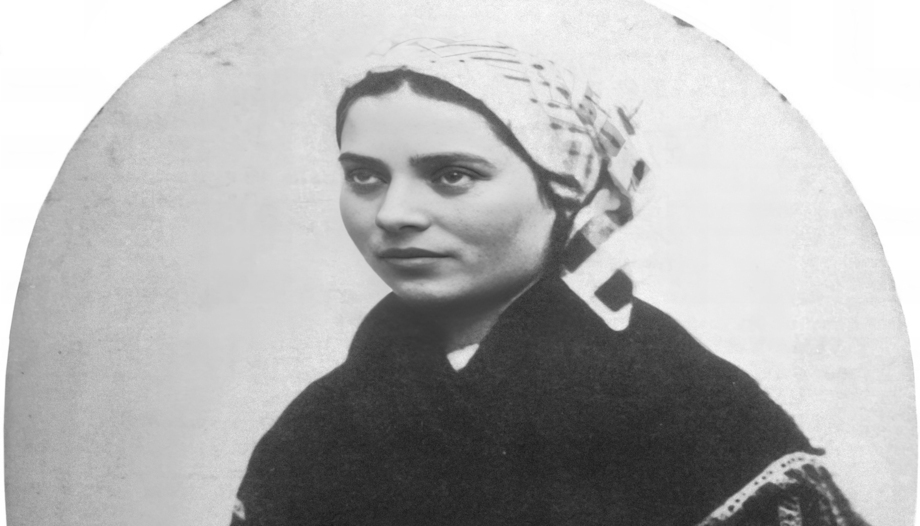





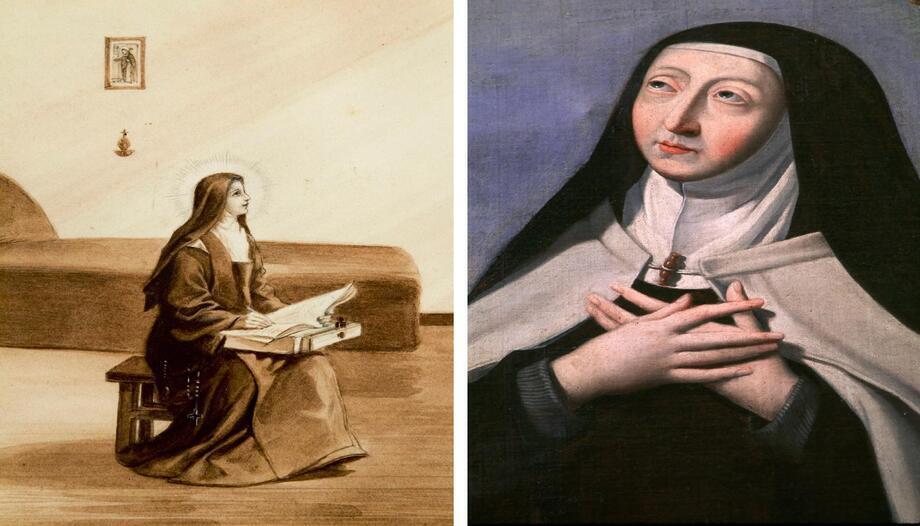
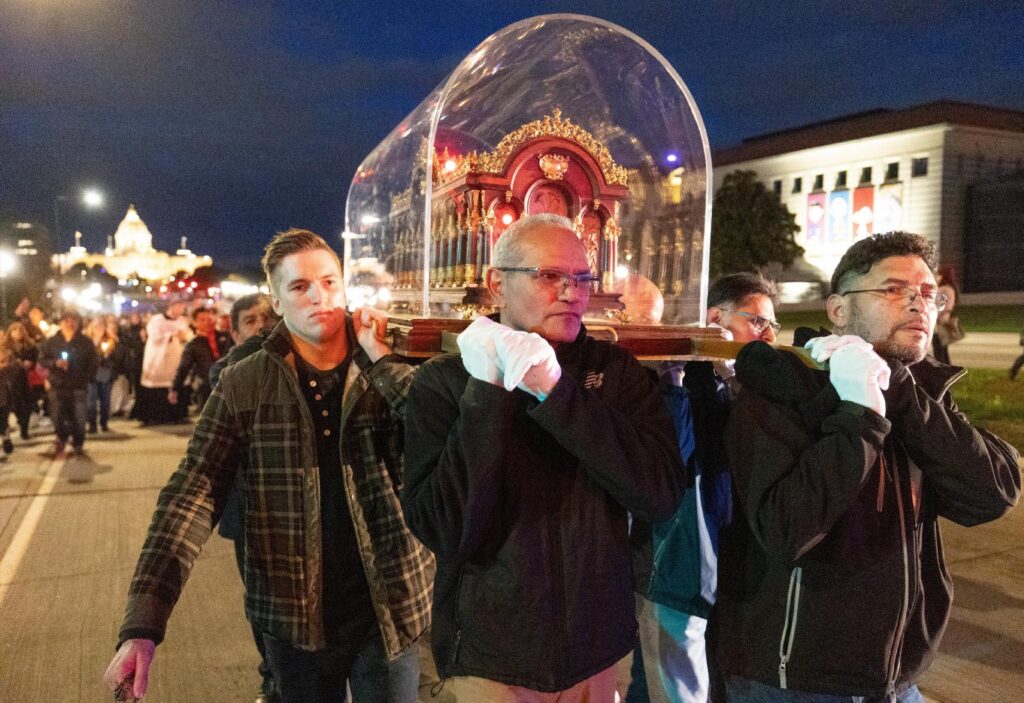
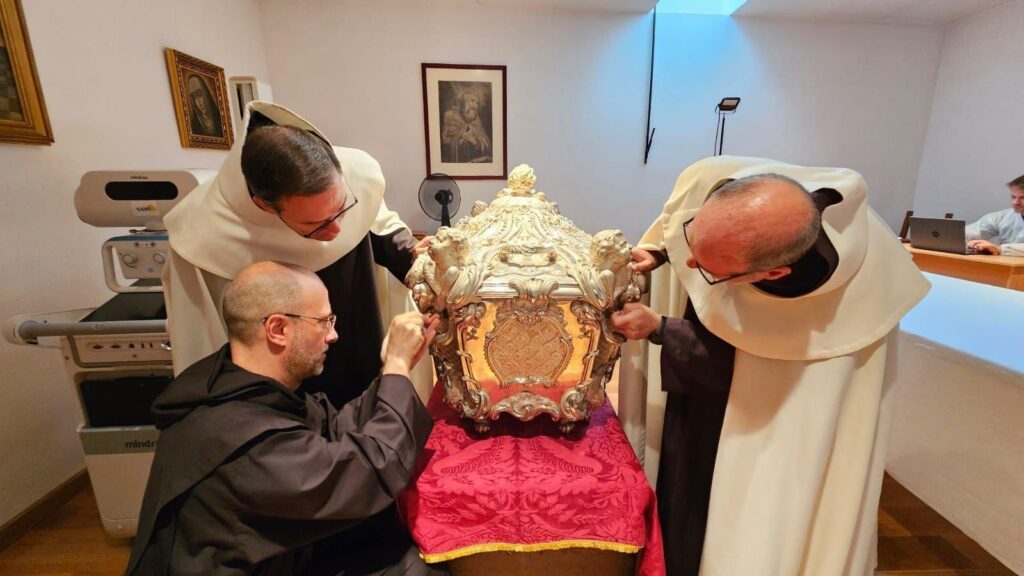
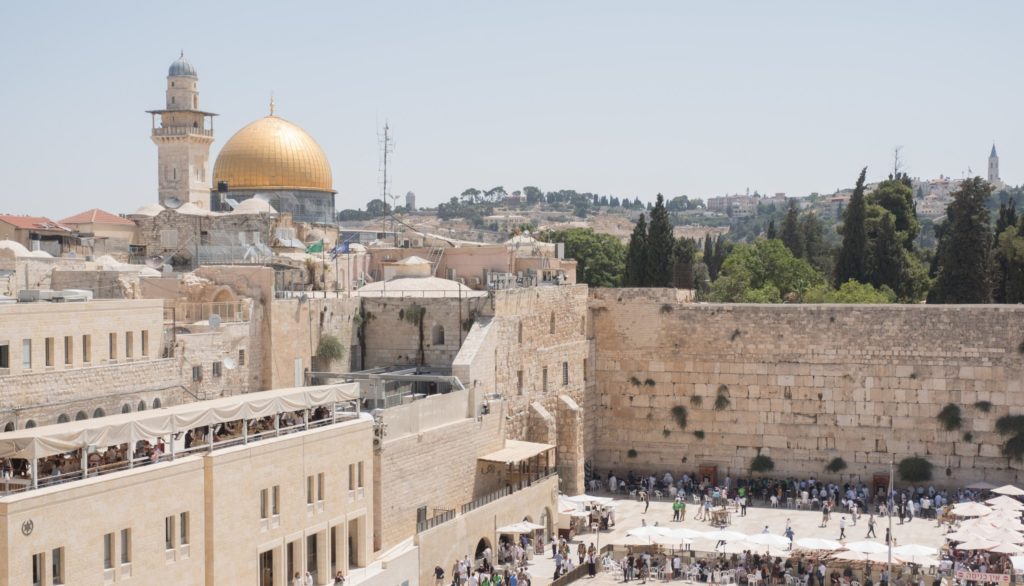
 Cardinal Pizzaballa: "We need people to return to the Holy Land".
Cardinal Pizzaballa: "We need people to return to the Holy Land".